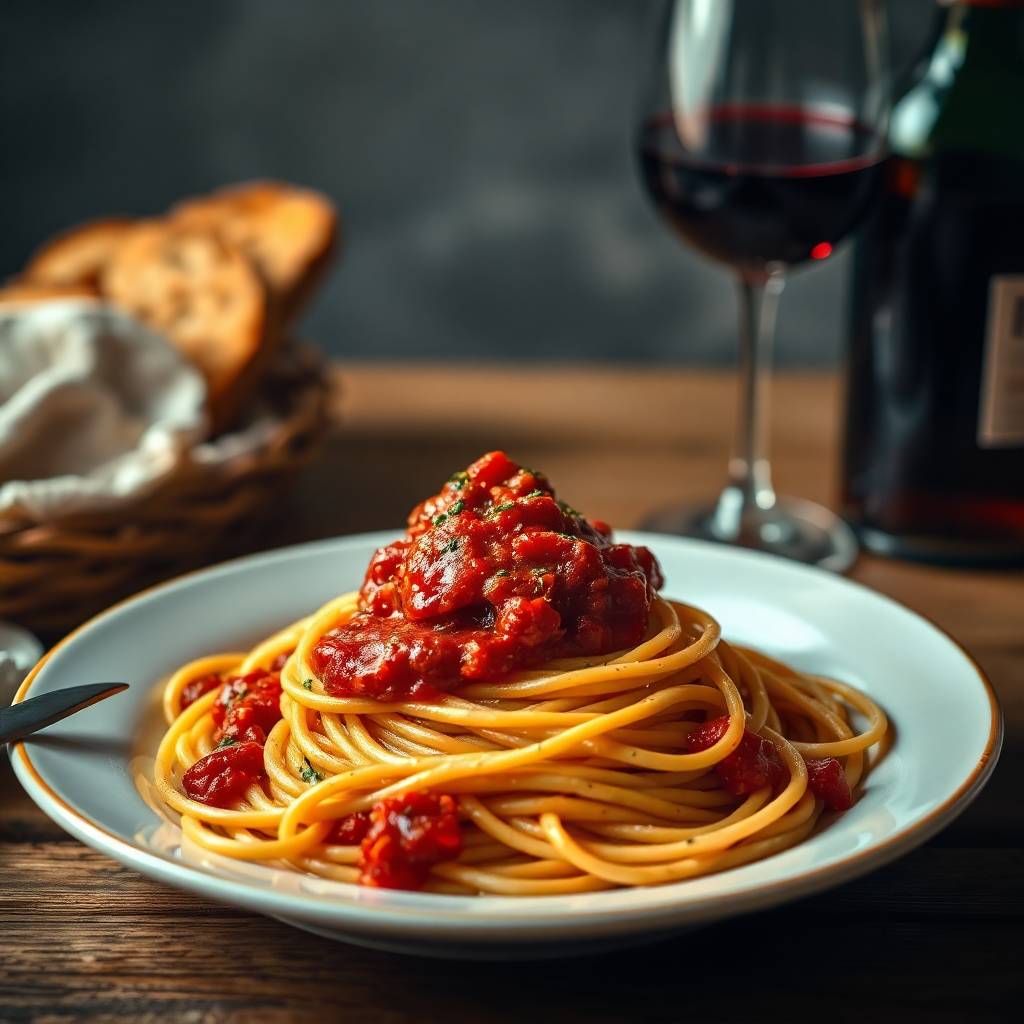The Timeless Delight of Rustic Apfelstrudel
- Apr 27, 2025
- 0 Comments
Few pastries evoke the warmth and tradition of Central European baking quite like Apfelstrudel (Apple Strudel). With its flaky, buttery crust and spiced apple filling, this beloved dessert has been a staple in Austrian, German, and neighbouring cuisines for centuries. A symbol of rustic comfort, the strudel carries a rich history, with the oldest known recipe dating back to 1697—a handwritten treasure preserved in the Wienbibliothek im Rathaus (Vienna City Library).
In this article, we'll explore the fascinating origins of this iconic dessert, its cultural significance across Central Europe, and why it remains one of the world's most cherished pastries to this day.
A Slice of History: The Origins of Apfelstrudel
While Apfelstrudel is strongly associated with Austrian cuisine today, its culinary roots stretch back to the influence of the Ottoman Empire. The technique of stretching dough paper-thin was inspired by Turkish baklava, which arrived in Vienna through trade routes and cultural exchange. By the late 17th century, Austrian bakers had adapted this method, replacing Middle Eastern fillings with locally abundant ingredients like apples, cinnamon, and raisins.
The dessert truly came into its own during the 18th and 19th centuries under the Habsburg Monarchy. Viennese coffeehouses, which became cultural hubs of intellectual discussion and leisure, adopted the strudel as one of their signature offerings. Served alongside strong coffee, the warm, spiced pastry became synonymous with Viennese café culture—a tradition that continues to this day.
Interestingly, the word "strudel" comes from the German word for "whirlpool" or "vortex," a poetic reference to the spiral layers of filling encased within the delicate pastry. Traditional strudel dough is stretched so thin that it becomes nearly translucent—a skill that remains a point of pride among Central European bakers.

Cultural Significance Across Central Europe
While Austria remains the spiritual home of Apfelstrudel, the pastry has been enthusiastically adopted and adapted by neighbouring countries, each adding their own regional twist. In Bavaria, the strudel often includes almonds and features a slightly thicker crust. The Czech version sometimes incorporates fermented cabbage alongside the apples—a surprising but traditional variation. Slovenian bakers frequently add walnuts for extra texture, while in Italy's South Tyrol region, the strudel is commonly served with zabaione, a rich egg custard.
These regional variations highlight how the strudel has woven itself into the culinary fabric of Central Europe. From family gatherings to festive celebrations, Apfelstrudel has become more than just a dessert—it's a symbol of shared heritage and comfort. In many households, the recipe has been passed down through generations, with each family adding their own subtle touches to the classic formula.
Why Apfelstrudel Endures: A Dessert for the Ages
What explains the enduring popularity of this centuries-old pastry? The answer lies in its perfect balance of flavours and textures. Unlike many modern desserts that overwhelm with sweetness, Apfelstrudel maintains a harmonious blend of tart apples, warm spices, and buttery pastry. The filling is lightly sweetened, allowing the natural flavour of the fruit to shine through, while cinnamon adds depth without overpowering.
The strudel's versatility contributes to its lasting appeal. It can be served warm during cold winter months, at room temperature in summer, or even enjoyed as a breakfast pastry in some regions. The traditional accompaniments—whether vanilla sauce, whipped cream, or a scoop of ice cream—create delightful contrasts that elevate the eating experience.
In recent years, Apfelstrudel has gained international recognition, with CNN Travel ranking it among the "50 Best Desserts in the World" in 2023. This accolade proves that even in an era of molecular gastronomy and avant-garde pastry techniques, there's still immense appreciation for well-executed traditional desserts.

Final Thoughts: A Living Culinary Legacy
From its Ottoman-inspired dough to its Habsburg-era refinement, Apfelstrudel represents more than just a delicious pastry—it's a living piece of culinary history. Each bite carries with it centuries of tradition, cultural exchange, and artisanal craftsmanship. Whether enjoyed in an elegant Viennese café or homemade using time-honoured techniques, the strudel continues to bring people together through its comforting, familiar flavours.
For those looking to experience authentic Apfelstrudel, seeking out traditional bakeries that still hand-stretch their dough is highly recommended. And for adventurous home bakers, attempting the classic recipe—with its paper-thin pastry and perfectly balanced filling—can be a rewarding way to connect with this remarkable culinary tradition.
In a world of fleeting food trends, Apfelstrudel stands as a testament to the enduring power of well-crafted, traditional desserts. Its simplicity, versatility, and deep cultural roots ensure that this beloved pastry will continue to delight generations to come.











